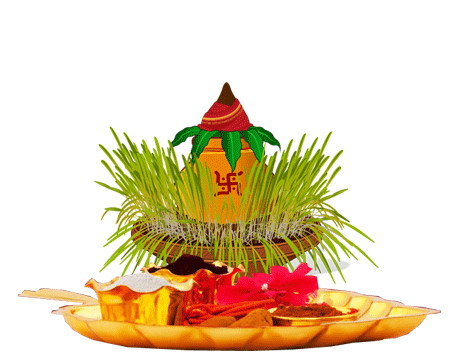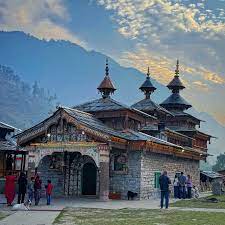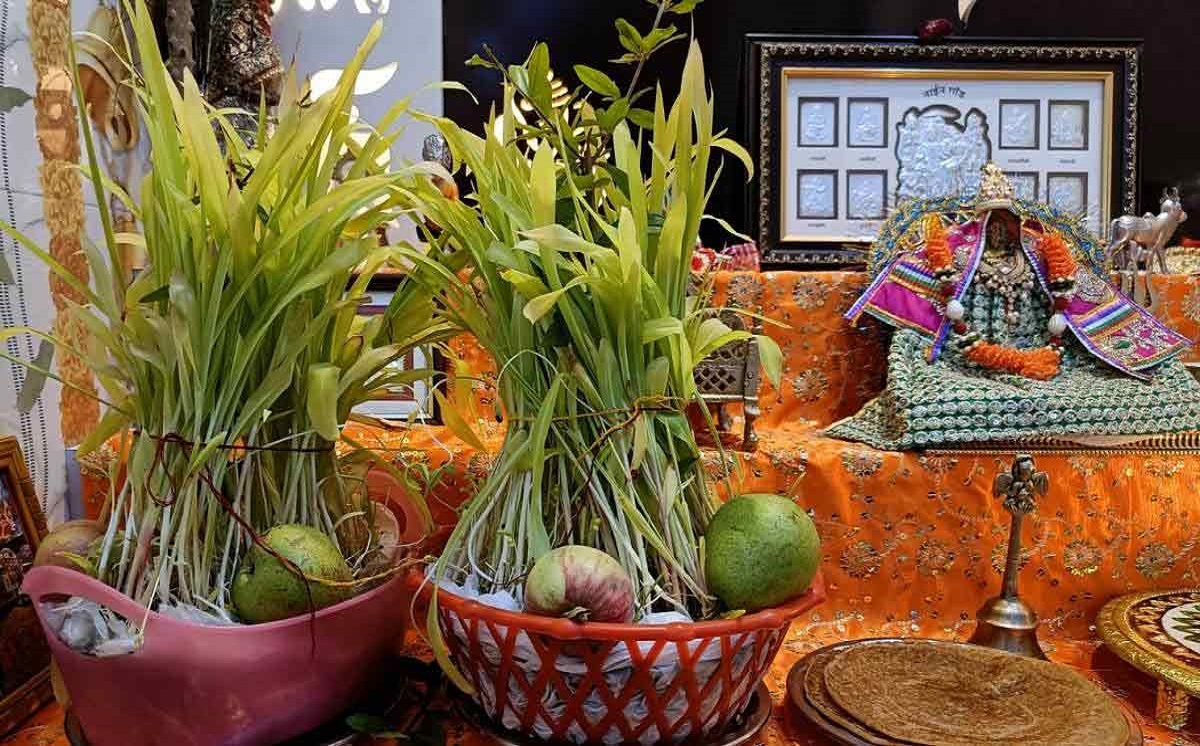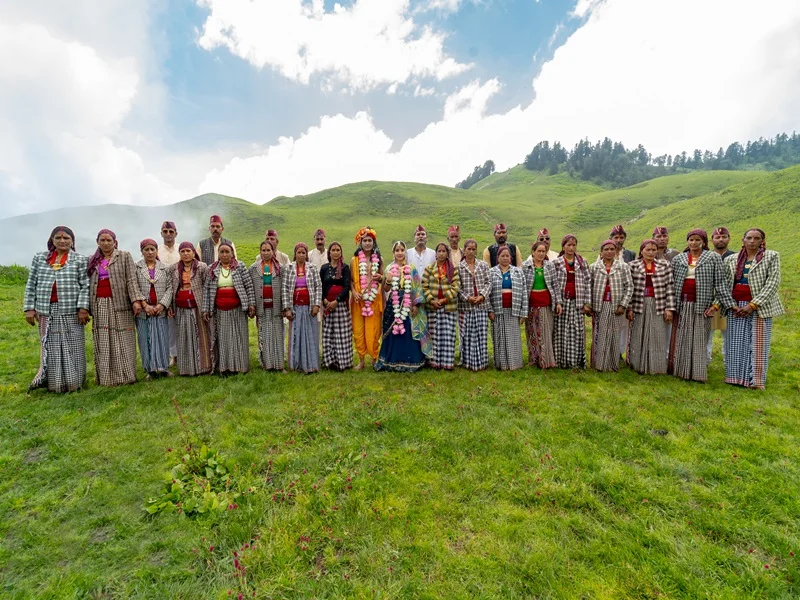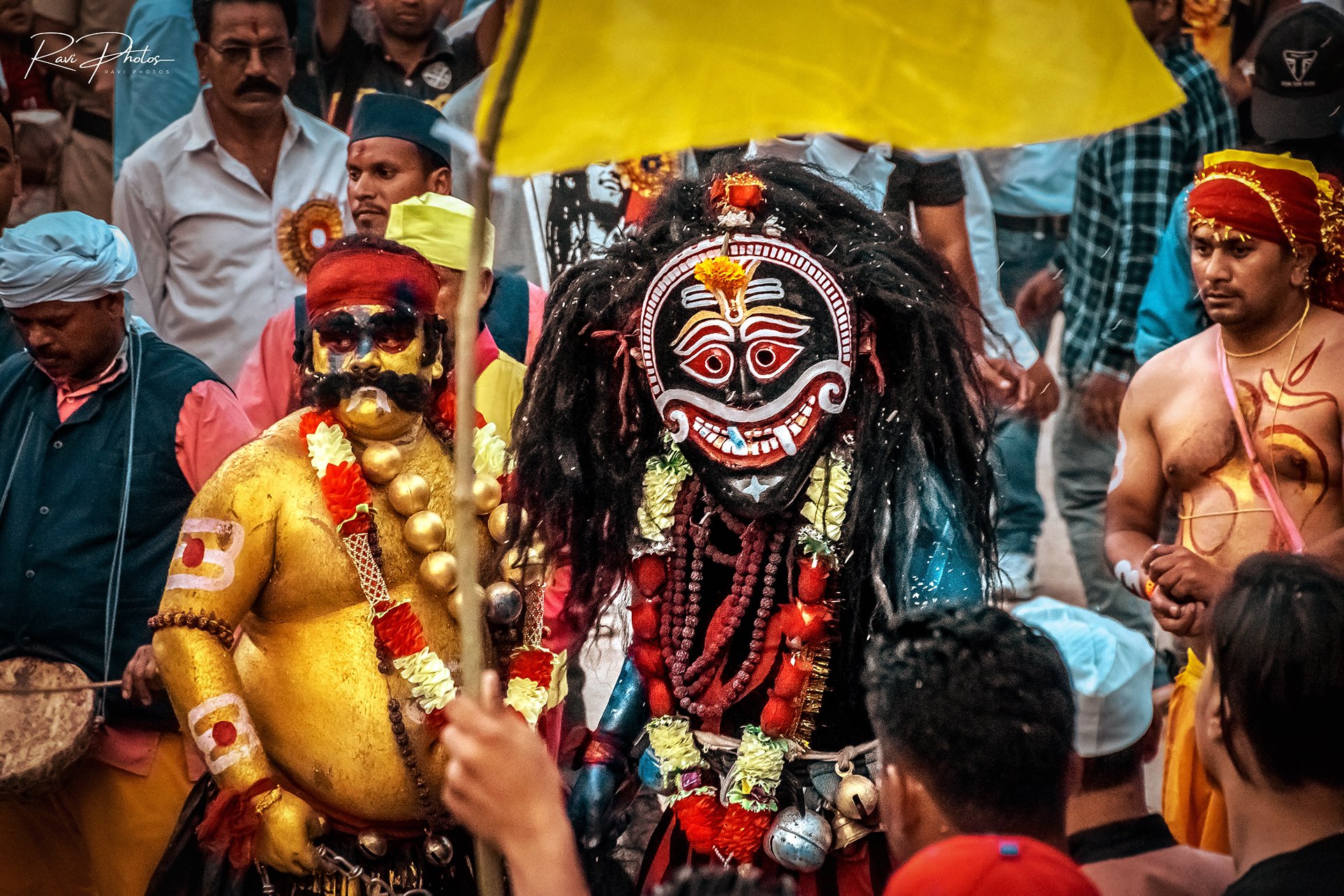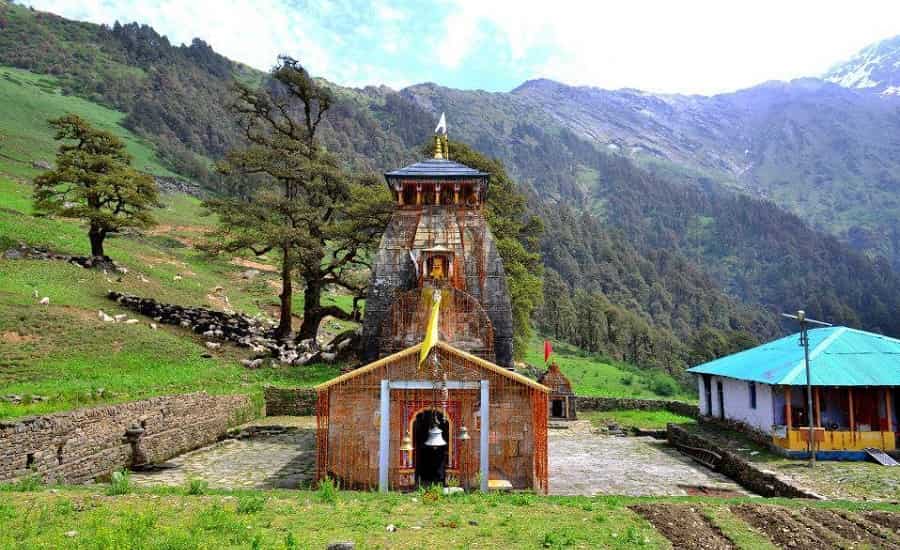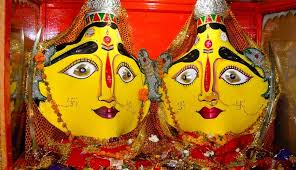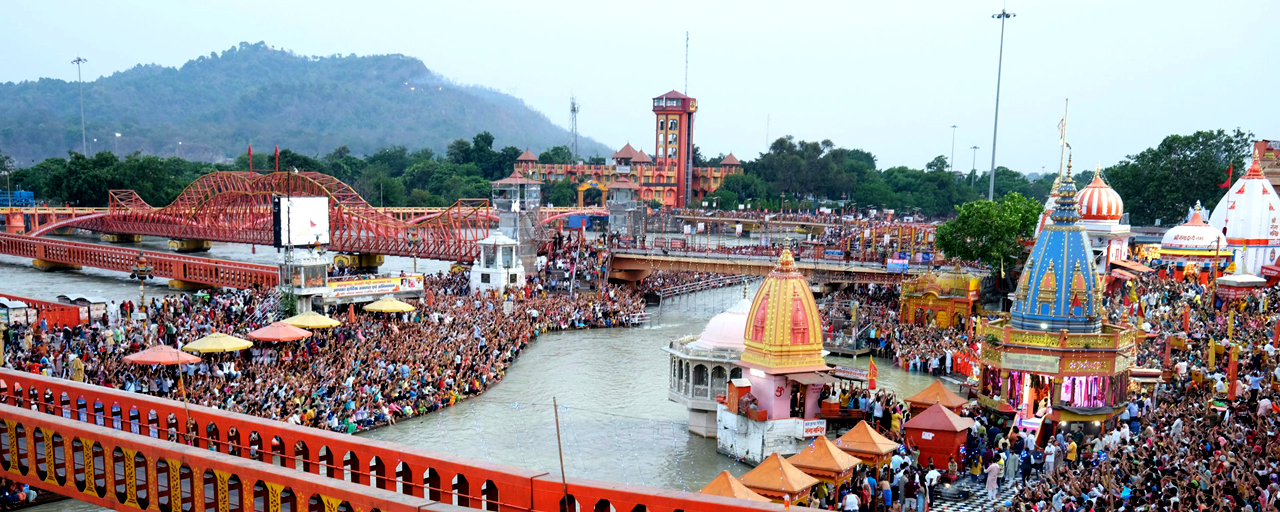When the first clouds roll over the Kumaon hills and the soil releases that unmistakable smell of rain, humans recognize something greater than monsoon is near. They smile and say softly, “हरेला आ गया।” The Harela Festival (हरेला उत्सव) isn't simply any other date on the calendar. It is the promise of harvest, the reminiscence of a way of life, and the desire of prosperity tied collectively within the shade of green.
What Harela Means
The phrase itself—हरेला—approaches “day of greenery.” It marks the beginning of श्रावण मास (Shravan month), the time when rains bless the mountains and crops start to root. Farmers, households, and whole villages participate.
It is believed to honor the divine union of भगवान शिव (Shiva) and माँ पार्वती (Parvati). Yet for common folks, Harela is likewise approximately the soil. It’s a care for the earth.
In Kumaon, Garhwal, and even parts of Nepal, Harela has lived in families for generations. Children might not remember long prayers, but they by no means forget about the flavor of गुलगुले (sweet fritters) cooked on Harela morning.
Seeds, Soil, and Sprouts
Nine or ten days before the festival, each home begins with the same ritual. Clay pots, bamboo baskets, or even antique utensils are full of soil. Into this, humans sow seeds of धान (paddy), मक्का (maize), गेंहू (wheat), उड़द (urad dal), and every so often सरसों (mustard). Each day, they sprinkle water and watch the shoots grow.
Children are frequently the most eager. They peek each morning, looking ahead to that first green to push through their. The sprouts are referred to as हरेला के पौधे, and they may be more than decoration; they're advantageous.
On the festival morning, these shoots are plucked and placed gently behind the ears, on heads, and even offered to cattle. Parents bless their children with them, wishing them long life and prosperity. Elders say, “ये हरियाली खुशहाली लेकर आए।” (May this greenery bring abundance).
The Sacred Side
Inside homes, families create a small शिवलिंग from flour. Offerings of curd, jaggery, and flowers are placed on it. Songs are sung in praise of nature and the gods. Some women whisper mantras while placing the shoots behind children’s ears, linking everyday farming with divine energy.
For villagers, this act is both spiritual and practical. It connects survival to faith. It reminds them that before any harvest fills the granaries, there must be trust in the seed.
Harela in Villages
In small villages, Harela morning feels different. Doors stay open. Neighbors walk into each other’s homes carrying plates of food. Children run barefoot through the mud, ears decorated with shoots. Women prepare local dishes: भट्ट की चुड़कानी, झोलि, and पुए. Some families brew a little local drink, shared quietly with laughter.
There is no need for a stage or loudspeakers. The hills themselves echo with the rhythm of झोड़ा and चांचरी folk songs. Even the animals are blessed with the sprouts, as if to say prosperity must touch every living being.
Harela Mela in Towns
In towns like अल्मोड़ा and नैनीताल, Harela stretches beyond homes. From 16 to 21 July, the हरेला मेला fills marketplaces. There are stalls with wooden toys, herbal medicines, local crafts, and food. Children climb on गेड़ी (bamboo stilts), laughing as they balance. Elders gather to listen to folk singers.
The mela is not just entertainment. It’s a reminder of identity. For migrants returning from the plains, it feels like coming home. They taste forgotten dishes, hear old songs, and see their children playing the games they once played.
Nature and Responsibility
Harela today is also about action. It has become Uttarakhand’s festival of environmental responsibility. Governments, schools, and NGOs join in with plantation drives.
The slogan is simple: “एक पेड़ माँ के नाम।” Plant one tree in Mother Earth’s name. Every year, lakhs of saplings are planted on Harela. Farmers bring seedlings to distribute, schoolchildren line up to dig soil, and officials lead plantation campaigns in forests and on roadsides.
It’s more than symbolism. In recent years, reports showed over eight लाख पौधे planted during Harela survived. Springs were revived, barren hills turned green again.
In this way, Harela bridges old and new—it honors tradition while protecting tomorrow.
What Makes Harela Unique
Unlike festivals bound by temples or elaborate rituals, Harela is woven into the rhythm of daily life. It is intimate and collective at once.
- It blesses children, cattle, crops, and homes.
- It ties the divine to the soil.
- It celebrates women, who often lead rituals in households.
- It teaches children the importance of planting and nurturing.
- It connects prosperity with greenery, not wealth.
And most importantly, it reminds people that faith is incomplete without respect for nature.
A Day in the Hills
Imagine standing in a Kumaoni village on a Harela morning. Mist curls down the slopes. The air is thick with the scent of wet leaves. Inside one home, a grandmother ties green shoots behind her grandson’s ear. She laughs and says, “अब तू लंबा होगा।” (Now you will grow taller).
Outside, neighbors exchange plates of sweets. The distant beat of a dhol drifts across terraces. Schoolchildren plant saplings by the roadside. Farmers walk to fields, placing shoots in the soil as if sowing luck into the ground itself.
By evening, the valley glows with both food fires and laughter. The day ends not with fireworks, but with green shoots tucked carefully into hair, blessings given, and soil touched with reverence.
Why It Still Matters
Harela is quiet compared to grand celebrations like Diwali or Holi. Yet in its quietness lies its strength. It teaches patience. It teaches care. It insists that prosperity is not separate from nature.
In a world moving fast, Harela slows you down. It reminds you to look at a seed sprouting, to smell the soil after rain, to tie greenery in your hair and say, “This too is sacred.”
Closing
The हरेला उत्सव is not just about a season or a ritual. It is a living dialogue between people and their land. It honors the gods, but it also honors the seed, the soil, the rain.
When families sow those small seeds in baskets, they sow hope. When they place shoots behind a child’s ear, they plant a blessing. When they gather in melas, they renew bonds. And when they plant trees in Mother Earth’s name, they carry tradition into the future.
Harela is proof that festivals do not always need grandeur to matter. Sometimes all it takes is a handful of soil, a few seeds, and the promise of green.

